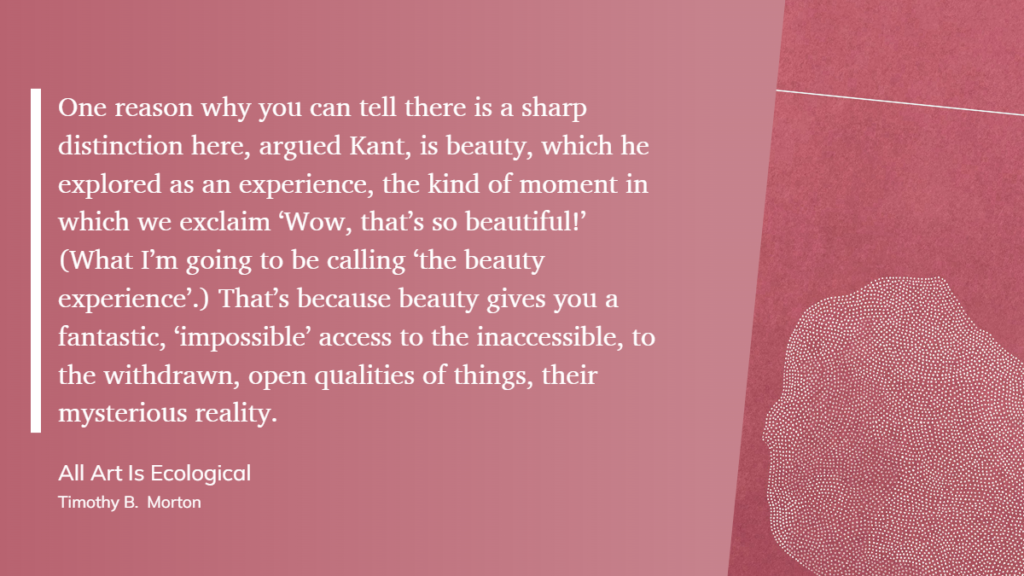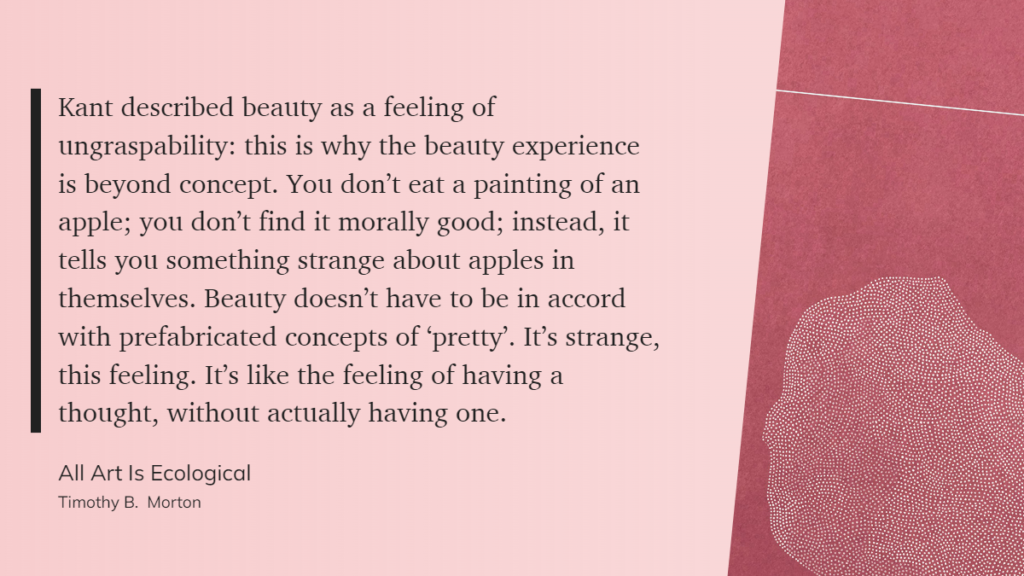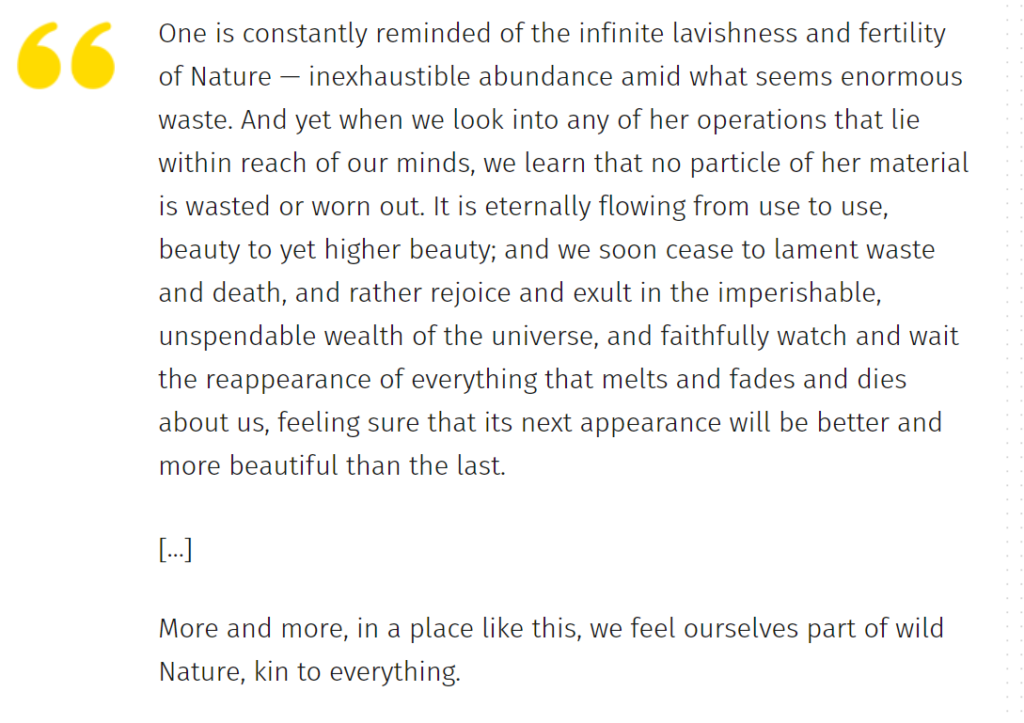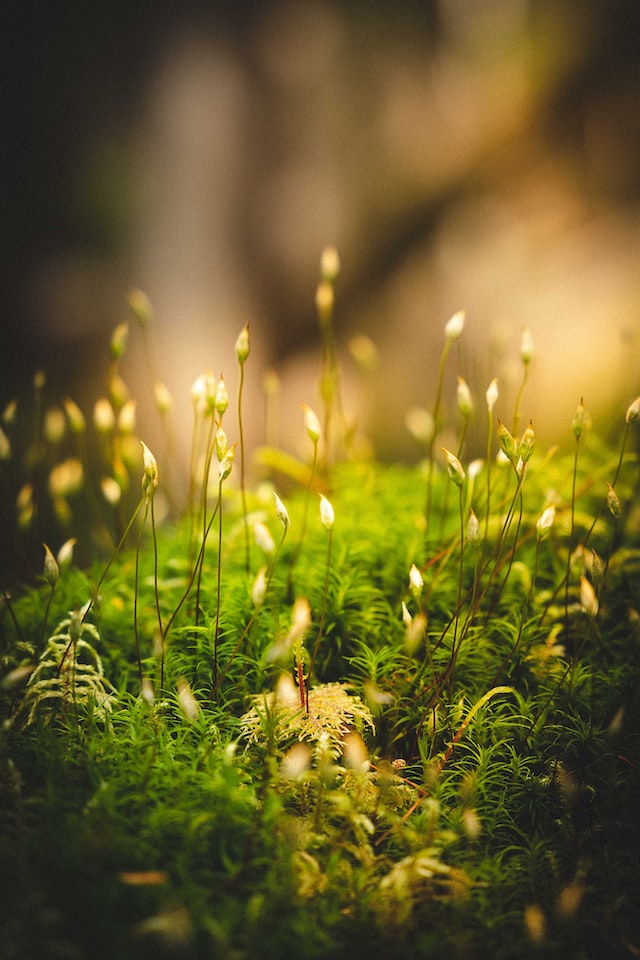This week’s explorations at the intersection of nature, art and wisdom.
Rocking the world
The beauty of the world can knock us sideways. Here, for example, are some samples of marble, destined to be countertops or shower walls. To think: nature makes this. And: how can we not stop in awe every time we walk into the kitchen?



Link: https://www.marbles-slab.com/catalog.asp
Dying of beauty
Then there’s this: a garden made of native plants (wildflowers), allowed to stand tall in the fall and winter, when the seed heads and late-season flowers create a remarkable, mysterious beauty. How can we not wonder that nature makes such a thing?

Link: https://www.monarchgard.com/portfolio.html
Access to the inaccessible
Beauty, when we notice it, is a remarkable gift. It shifts us out of our day-to-day lives into something that’s outside the realm of thoughts and words. It’s transcendent. Here are two extracts from the book All Art is Ecological, by Timothy Morton:


Link: https://www.penguin.co.uk/books/443663/all-art-is-ecological-by-morton-timothy/9780141997001
Everything, all together
Here’s environmental philosopher John Muir, who famously wrote, “When we try to pick out anything by itself, we find it hitched to everything else in the universe.”

Link: https://www.themarginalian.org/2018/05/10/john-muir-nature-writings/
“Infinity in the palm of your hand”
Finally, transcendent beauty is everywhere. We just have to look closely. William Blake said it best in his poem, Auguries of Innocence:
To see a World in a Grain of Sand
And a Heaven in a Wild Flower,
Hold Infinity in the palm of your hand
And Eternity in an hour.
Here is heaven in a close-up picture of some moss.
